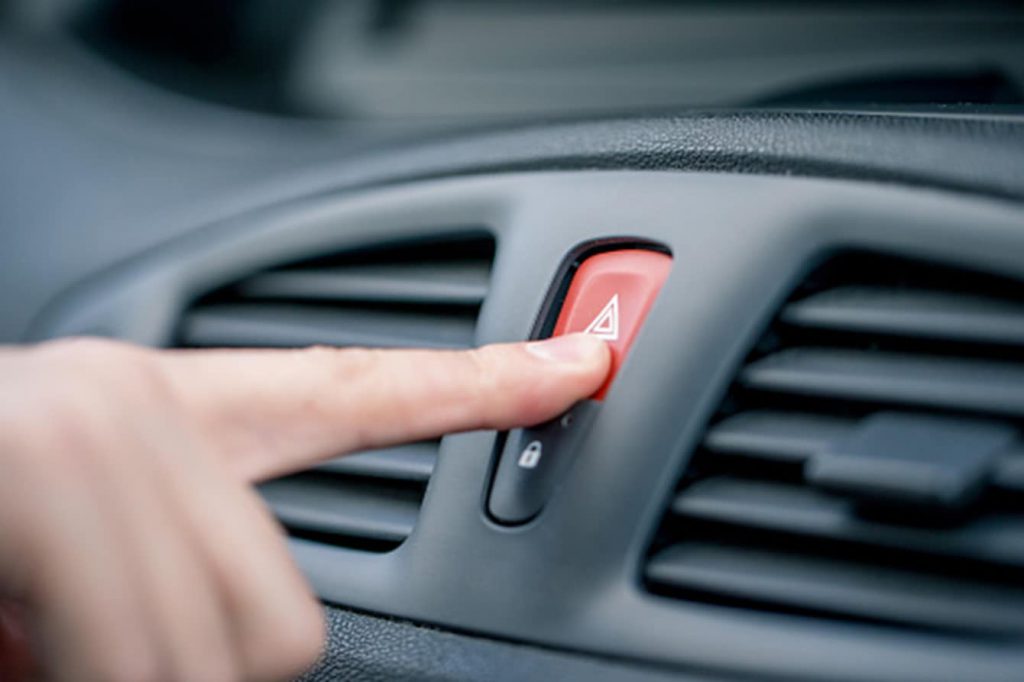Each innovation in automotive science makes driving safe and easy for us. Power steering is one such innovation that has revolutionized driving. It is a feature in all modern cars that allows us to direct the vehicle without applying a lot of force. Without it, one would need herculean force to turn the wheel from one direction to another, like in the old cars. In case of power steering failure, driving can become a very difficult task. You will nevertheless be able to turn the wheels but with immense force. And, if the power steering gives up all of a sudden while the car is in motion, the result can be a serious accident since you will fail to direct the wheels as they should.
When we buy a new car, we (humanly) fail to see how prepared we should be in case any component of the car gives up. With this blog post here, we prepare you to deal in the event of an impending power steering failure by telling you the symptoms.
Contents
5 Conspicuous Symptoms of Power Steering Failure
Here are 5 of the most conspicuous symptoms that tell you that your car’s power steering is about to give up. Recognizing them in time can help you drive safely and avoid accidents.
Read more:
- These 7 Signs Mean that Your Car is About to Die
- 6 Symptoms Indication Crankshaft Position Sensor Failure
1. Squealing and whining noises
Any kind of squealing in any part of the car is never a good sign. When you hear a whining or squealing noise as you turn the steering wheel, or when you are moving the car at a slow pace, it means impending power steering failure. This is probably because the steering pump is about to fail.
Also, if you hear clucking noises under the hood when you start the ignition, your steering pump is in bad shape. If there is a grinding noise while braking, it’s something else. In any case, get it checked immediately.
2. Vibration in the steering wheel

This symptom is likely to manifest itself when the car is idling. And, it may often come as a surprise, like a bolt out of the blue. This vibration can often be turbulent and indicate that the drive belt is either loose or damaged. In either case, replacement becomes necessary. The drive belt needs the right tension to keep the steering pump functioning properly. If it doesn’t, it can cause the pump to fail.
You must, as a habit, check the belt for tension and cracks once every month.
3. Difficulty in turning wheels
This is one of the most evidently felt symptoms of power steering failure, but you must keep something in mind here. It can be due to an inadequate level of power steering fluid, which is most likely the case. It could also be due to inadequate tire pressure or an issue in alignment. So, before you jump to a conclusion, have a qualified mechanic check it.
4. Inadequate steering fluid level
It’s a great thing of you follow the best maintenance advice and check all the auto fluids regularly. In case the power steering fluid level is lower than required, it can mean a leak in the power steering system. A low level can cause the steering pump to make noise and malfunction over time.
Check if there are any leaks on the floor where your car is parked. Red puddles or a peculiar smell can indicate that there has been an oil leak, and so the pump needs repair.
5. Appearance of steering fluid
The new power steering fluid is red and has a peculiar smell. Old, oxidized fluid will appear dark gray. If air or water has leaked into the fluid, it will appear foamy or bubbly. There may also be a case when you find chrome particles in the fluid. When you see that, it’s probably the fuel pump that is degenerating.
So, make sure that the fluid is red and has a distinctive smell.
What to Do in Case of Power Steering Not Working While Driving?
Experiencing a power steering failure while driving can be alarming, as it requires more effort to steer the vehicle. However, it’s important to remain calm and take the appropriate steps to ensure your safety. Here are some steps you can take when encountering this problem:
Grip the steering wheel firmly: Since power steering assistance is not available, you’ll need to exert more force to steer the vehicle. Use both hands and maintain a strong grip on the steering wheel.
Step 1: Slow down gradually
Reduce your speed gradually and avoid sudden braking or accelerating, as the lack of power steering can affect your ability to maneuver quickly. Apply gentle pressure to the brakes and decelerate gradually to a safe speed.
Step 2: Activate your hazard lights

Let other drivers on the road know that there is an issue with your vehicle by turning on your hazard lights. This will increase your visibility and alert others to exercise caution.
Step 3: Pull over safely
Look for a safe location to pull over, such as the shoulder of the road or a nearby parking lot. Use your turn signals to indicate your intention to pull over and proceed with caution.
Step 4: Turn off the engine
Once you have safely stopped, turn off the engine. This will prevent further damage to the power steering system and allow you to assess the situation calmly.
Step 5: Inspect the power steering system
After stopping, visually inspect the power steering components, such as the drive belt, fluid level, and hoses, if you have the necessary knowledge and experience. If you notice any obvious issues, such as a broken belt or fluid leak, it may help you understand the cause of the failure. However, keep in mind that attempting to fix the problem yourself might not be advisable unless you have the required expertise.
After making all these steps, you should seek professional advice to diagnose and repair the power steering system timely.
How to handle power steering failure:
You must recognize the symptoms of power steering failure before it’s too late. Remember; a stitch in time saves nine. So, keep a guard against these 5 symptoms.




Very educative on auto’s….
Is it OK when u turn left or right the steering wheel will not moving back to its position automatically? Toyota avanza 2015.thanks